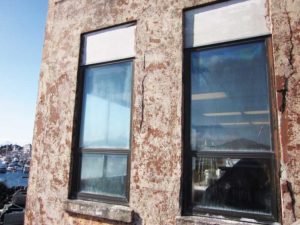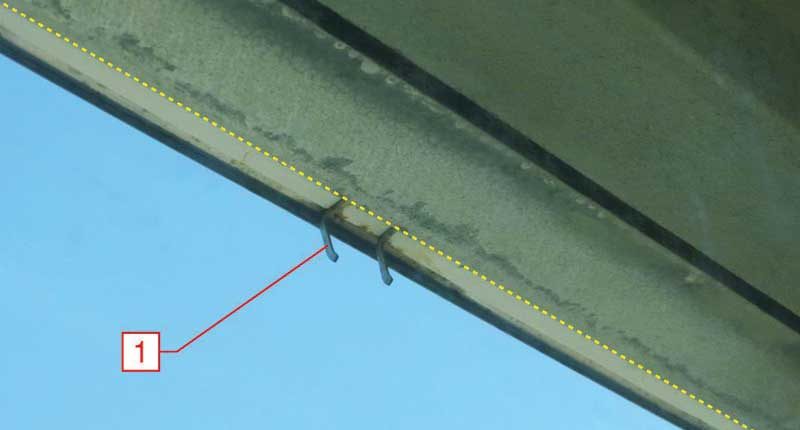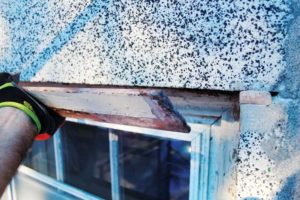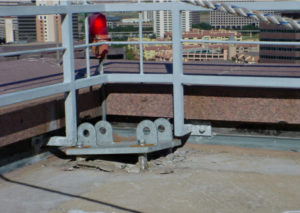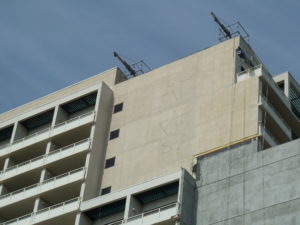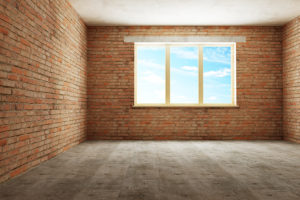Framed (in concrete)
Repairing and restoring historic concrete often involves dealing with concealed conditions contributing to distress. This 1920s Pacific Northwest building features cast-in-place concrete façades finished with facing mortar.
+ Read More


